Indigenous Allies
Supporting indigenous peoples’ territories and areas to conserve biodiversity and improve livelihoods in Belize
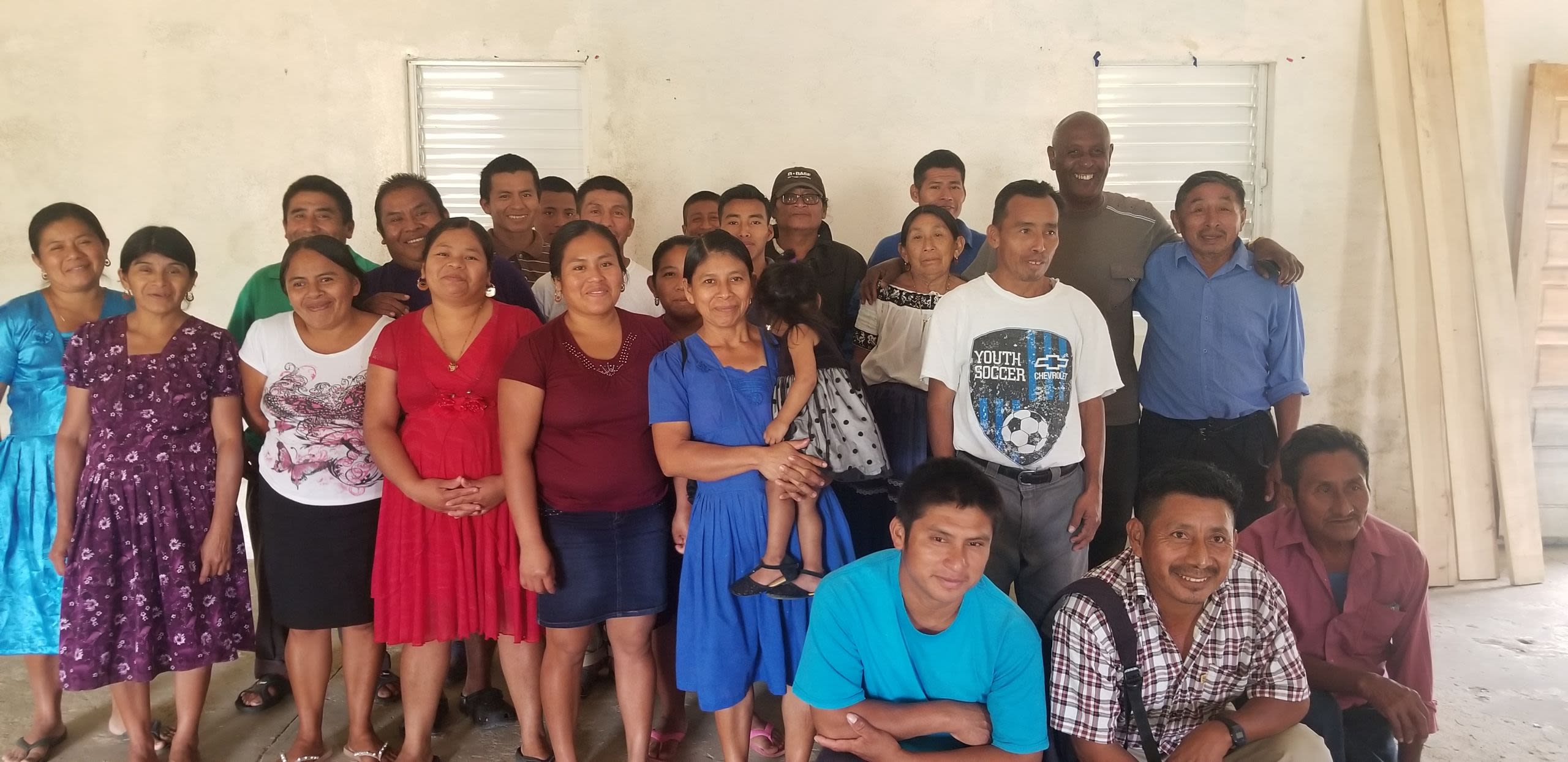
In Belize’s San Jose village, indigenous peoples know that conserving unique biodiversity can benefit from their knowledge, innovations, and practices that have been nurtured over centuries by living in direct contact with nature.
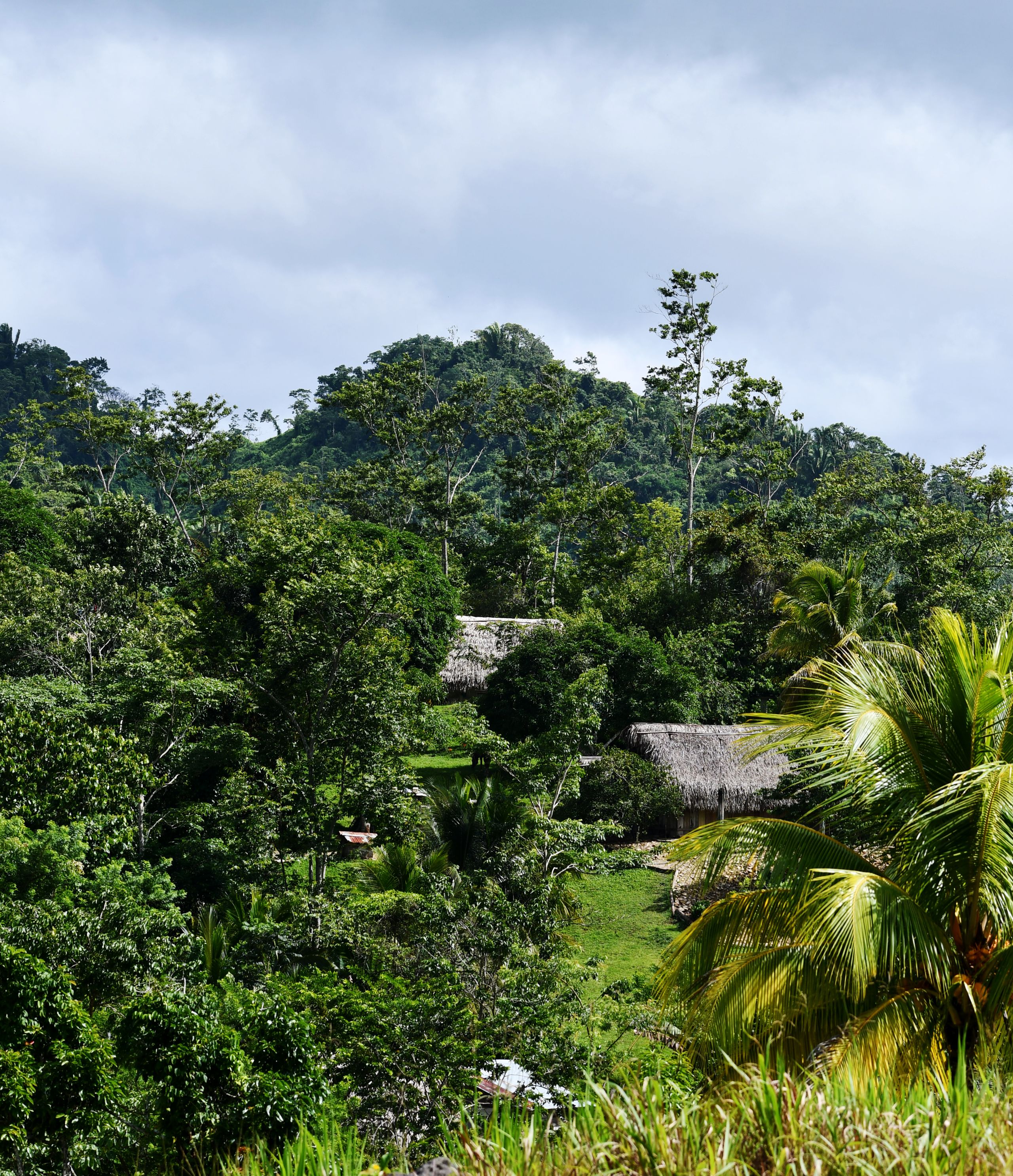
San Jose community / Photo credit: Sayuri Tzul/ Ya`axche Conservation Trust
San Jose community / Photo credit: Sayuri Tzul/ Ya`axche Conservation Trust
As we celebrate the International Day of the World's Indigenous Peoples on 09 August, we know that Indigenous peoples around the world are key allies for conservation and sustainable development efforts. Indigenous peoples are inheritors and practitioners of unique cultures and ways of relating to the environment.
Research shows that where indigenous peoples have control of their lands, forests and biodiversity flourish. On this special day, we take a moment to highlight and acknowledge the work being done in Belize to advance the partnership with indigenous peoples.
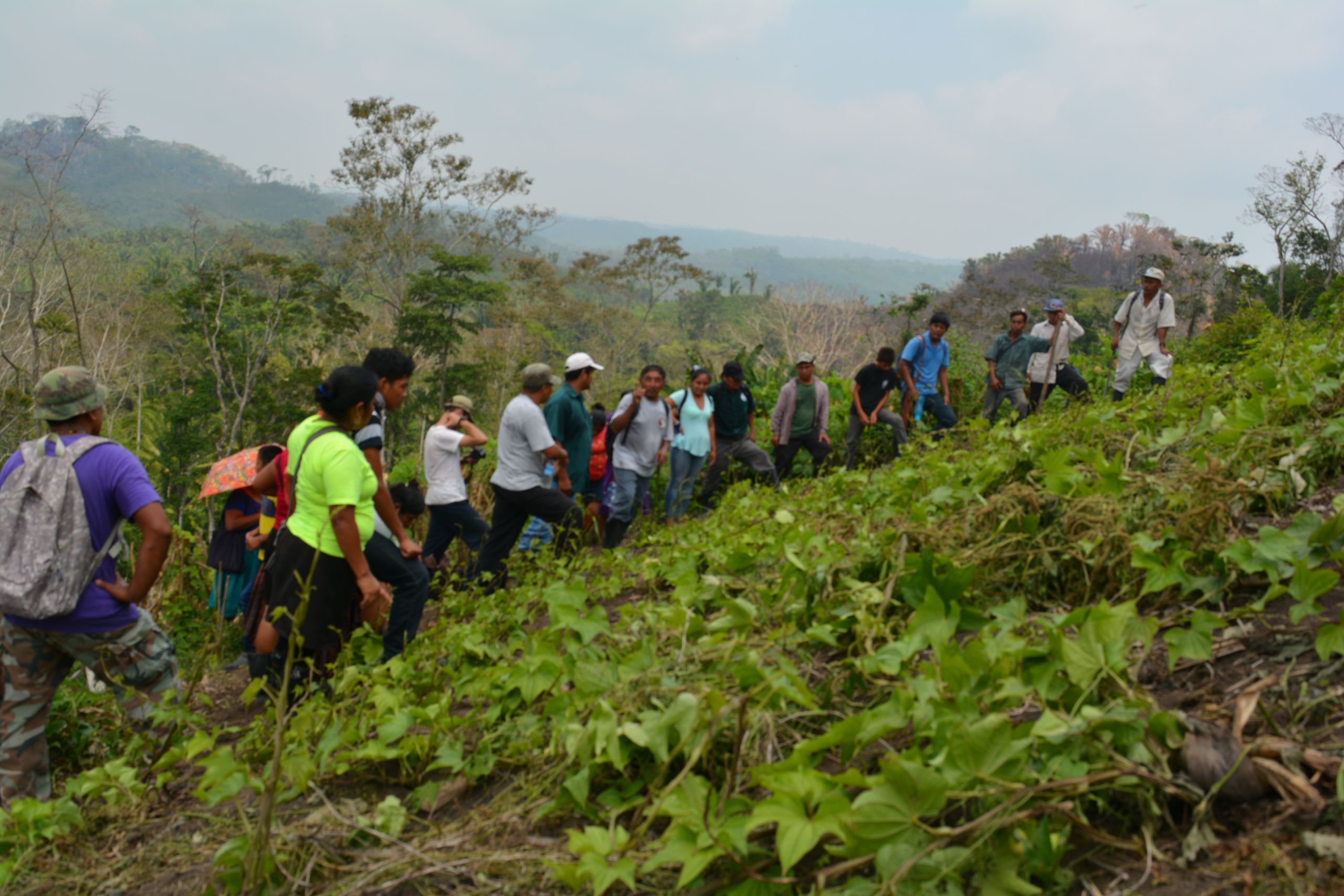
Community Conservation, Community Cooperation
For 30 years, the Green Creek Farmers’ Cooperative (GCFC), an organisation led by indigenous peoples, has been managing their Indigenous Peoples and Community Conserved Territories and Areas (ICCA) without external support.
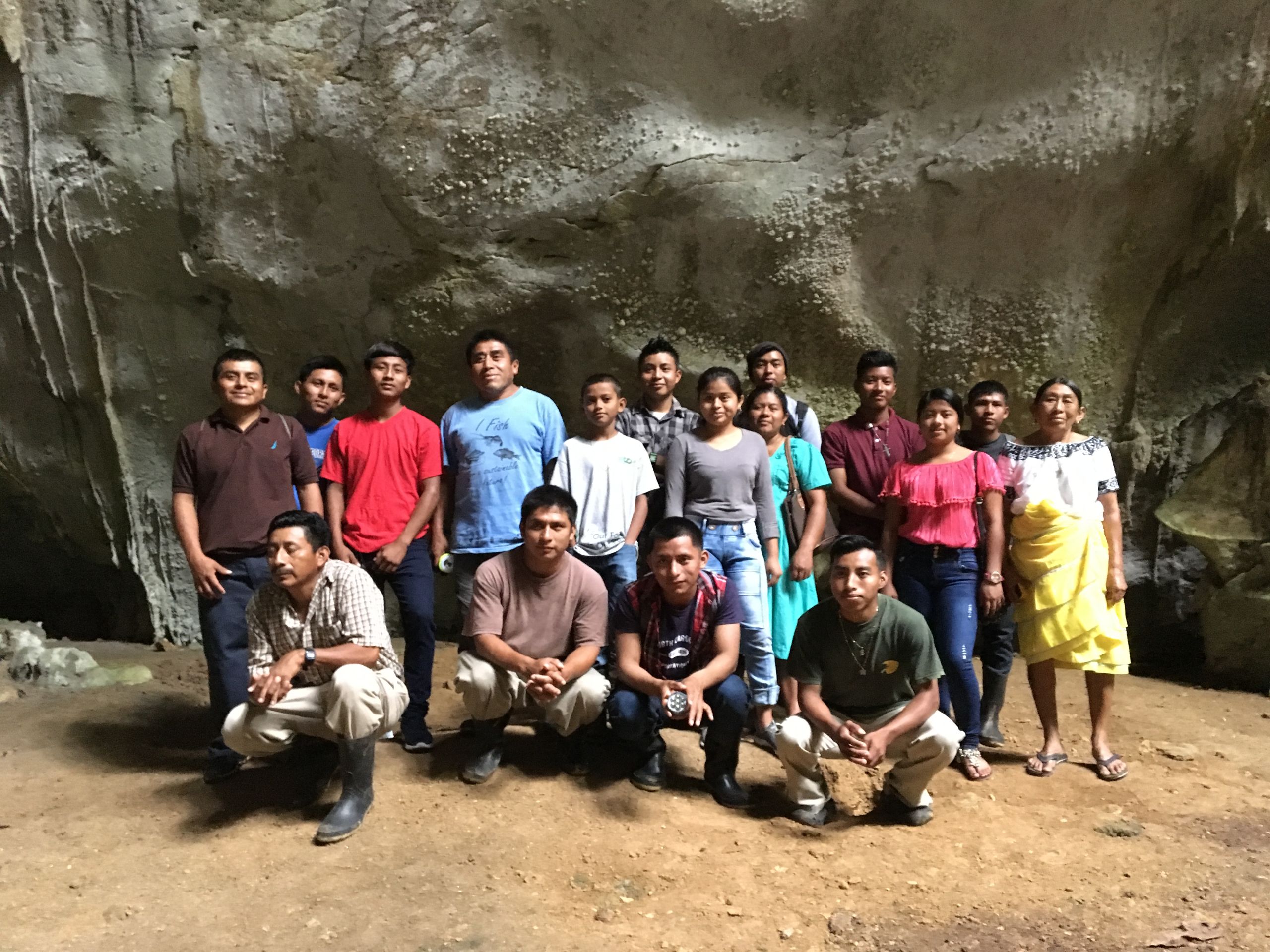
The GCFC was established in 1982 with the objective of communal land management of its 1,012 hectares of prime forest. Within these lands, sustainable agricultural production and protection of flora and fauna define the community’s cultural identity. The Green Creek Cooperative land borders on the Maya Golden Landscape in southern Belize, and is an area of exceptionally high conservation value, making up an important part of the region's southern biological corridor.
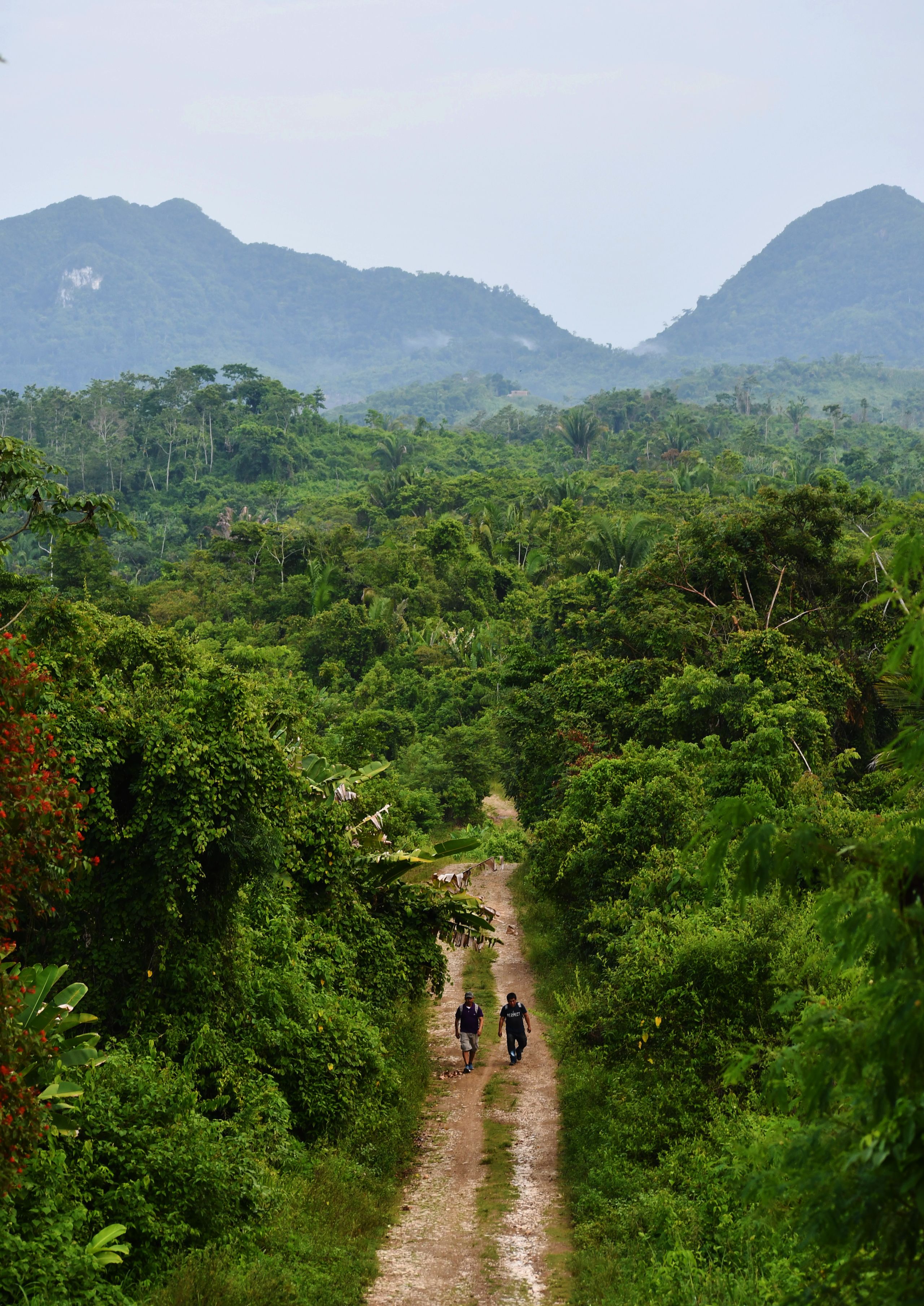
San Jose community members walking home / Photo credit: Sayuri Tzul/ Ya`axche Conservation Trust
San Jose community members walking home / Photo credit: Sayuri Tzul/ Ya`axche Conservation Trust
Bolstering on the ground action
In 2019, the GCFC, based in the Toledo District village of San Jose, undertook an ICCA project in partnership with Ya’axché Conservation Trust to strengthen ICCA stewardship.
This project, Enhancing Capacity and Institution Building for Biodiversity Conservation and Livelihoods Improvement, implemented by the GCFC in partnership with Ya’axché Conservation Trust, is supported by the Global Support Initiative to Indigenous Peoples and Community Conserved Territories and Areas (ICCA-GSI).
Launched in 2014, the ICCA-GSI is funded by the Government of Germany, through its Federal Ministry for the Environment, Nature Conservation and Nuclear Safety (BMU), implemented by the United Nations Development Programme (UNDP) and delivered by the GEF Small Grants Programme (SGP). Key partners include the Secretariat of the Convention of Biological Diversity (CBD), the ICCA Consortium, the International Union for the Conservation of Nature’s Global Programme on Protected Areas (IUCN GPAP) and the United Nations Environment Programme’s World Conservation Monitoring Centre (UNEP WCMC).
In Belize, the partnership with the indigenous peoples of San Jose has yielded outstanding environmental and socio-economic results by focussing on agroforestry practices for livelihoods and safeguarding the crucial biological corridor that abuts the Columbia Forest Reserve – a key biodiversity area.
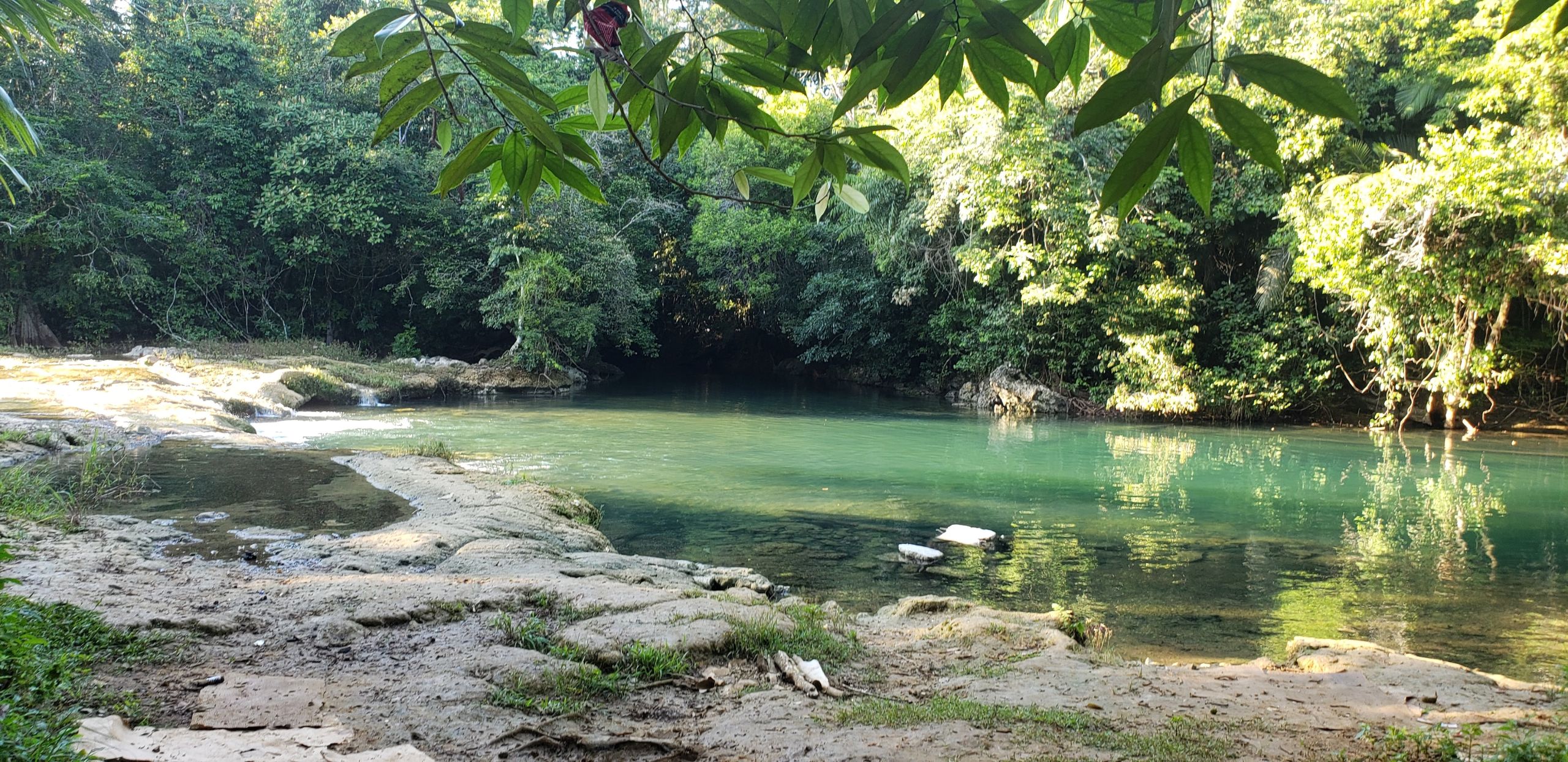
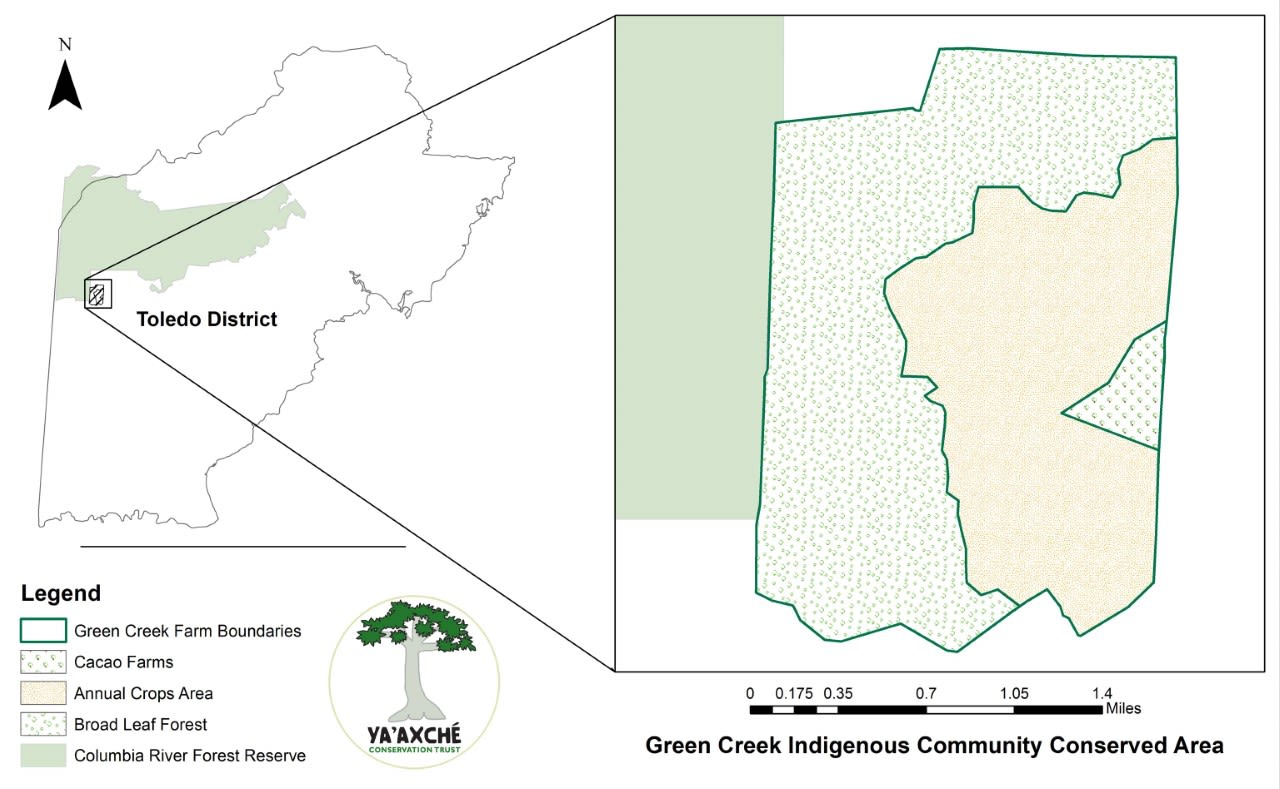
Cacao and Conservation
Through the project support, the introduction of an integrated forest zoning scheme has helped to maximise and maintain the local forest as a community asset and source of cultural pride. The zoning scheme has improved local livelihoods through sustainable agriculture and infrastructure improvement while strengthening enforcement and protection of the GCFC’s 1,012 hectares of land.
In addition, the area has been managed for cacao agroforestry, for a harmonious management approach that respects cultural affinities for the use and conservation of standing forests to ensure perpetual conservation.
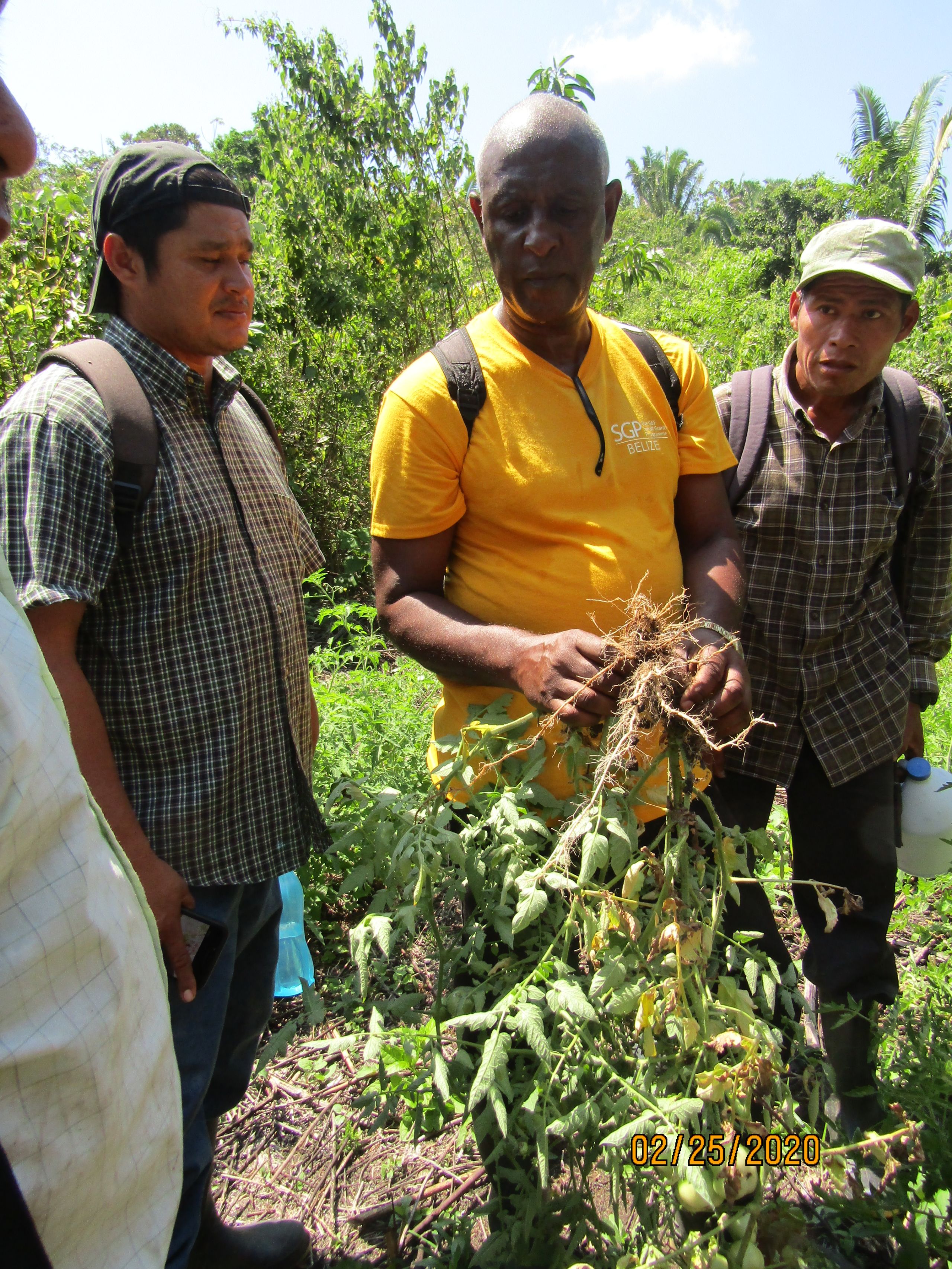
Annual cacao production is estimated at US$50,000, Groundfood production is estimated at US$30,000, harvesting of non-timber forest US$12,000 per year, rice production estimated at US$12,000 per annum, sustainable small scale timber production at US$14,000 per year.
"Our grandparents taught us stewardship values of the ICCA, they taught us how to invest and live in harmony with nature. Our ICCA is our food bank especially during COVID19."
Additionally, indigenous elders utilize sacred sites within the ICCA to pass on traditional knowledge to the youth group.
Keeping it Green
The foundation of the GCFC ICCA is a community-based model of governance and conservation also including some elements of a private protected area.
The group manages its communal land for sustainable livelihoods, fostering community stewardship and protecting the area for the community of San Jose.
For example, GCFC members conduct voluntary citizen patrols of their ICCA and keep a watchful eye on illegal incursions within the adjacent Columbia Forest Reserve which has no co-management partner with the Forest Department.
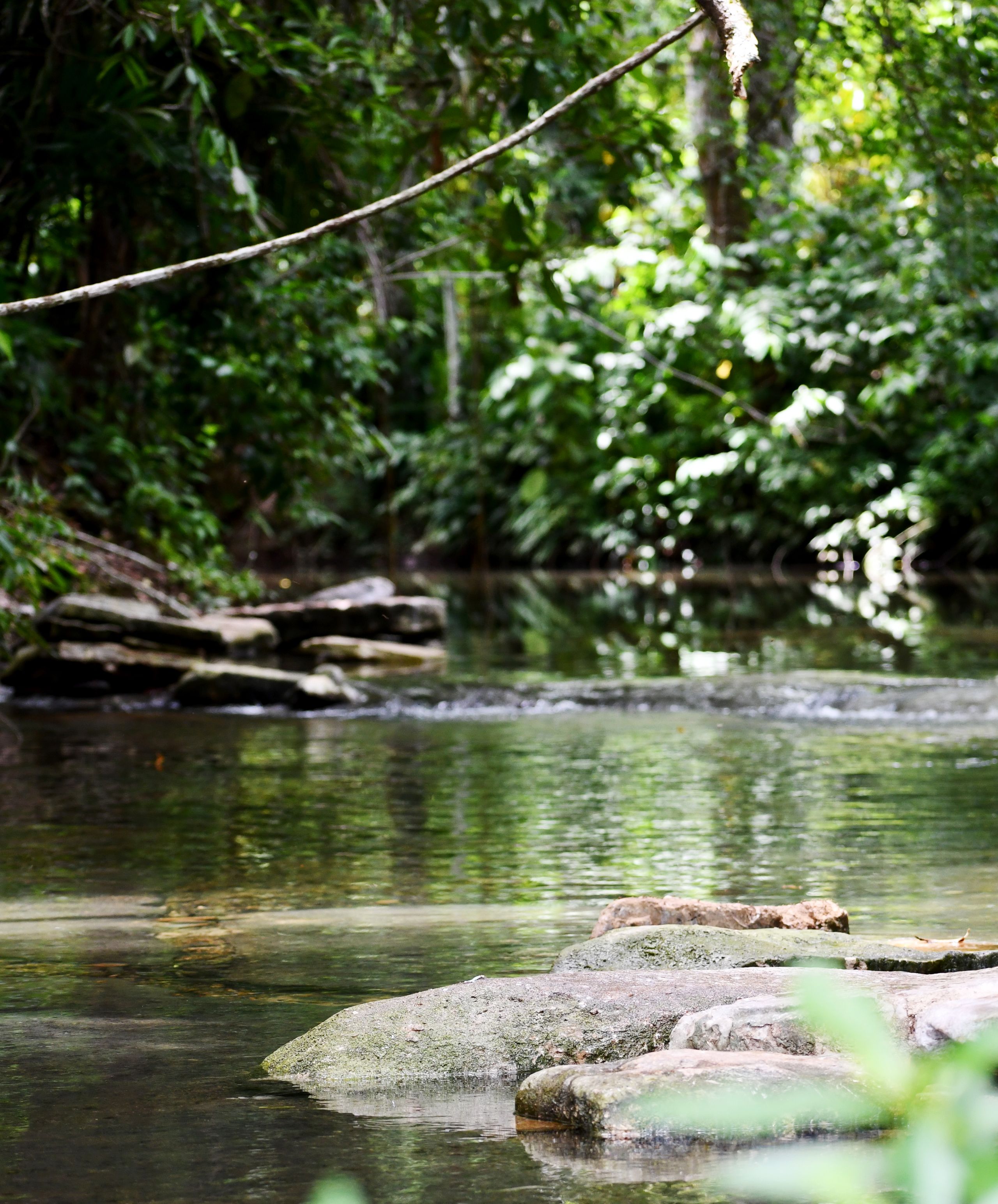
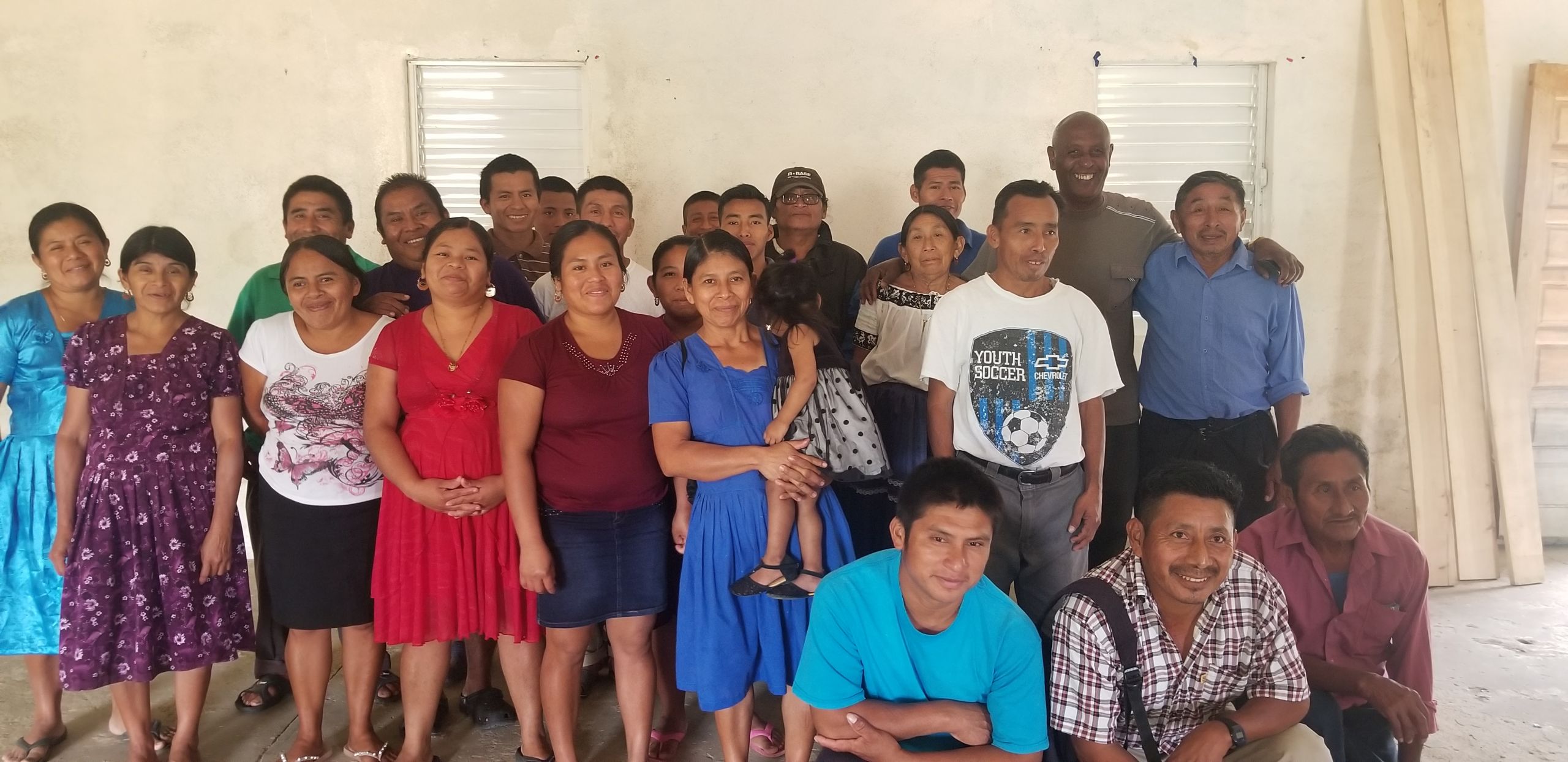
Mapping Borders
To implement the ICCA zoning scheme, a training in Global Positioning System (GPS) for boundary demarcation was conducted by Ya’axché’s Geographic Information Systems specialist, who conducted a three-day ‘Use of GPS Technology’ training in San Jose. This training supported farmers in developing the requisite skills in using a GPS device and in manual compass reading.
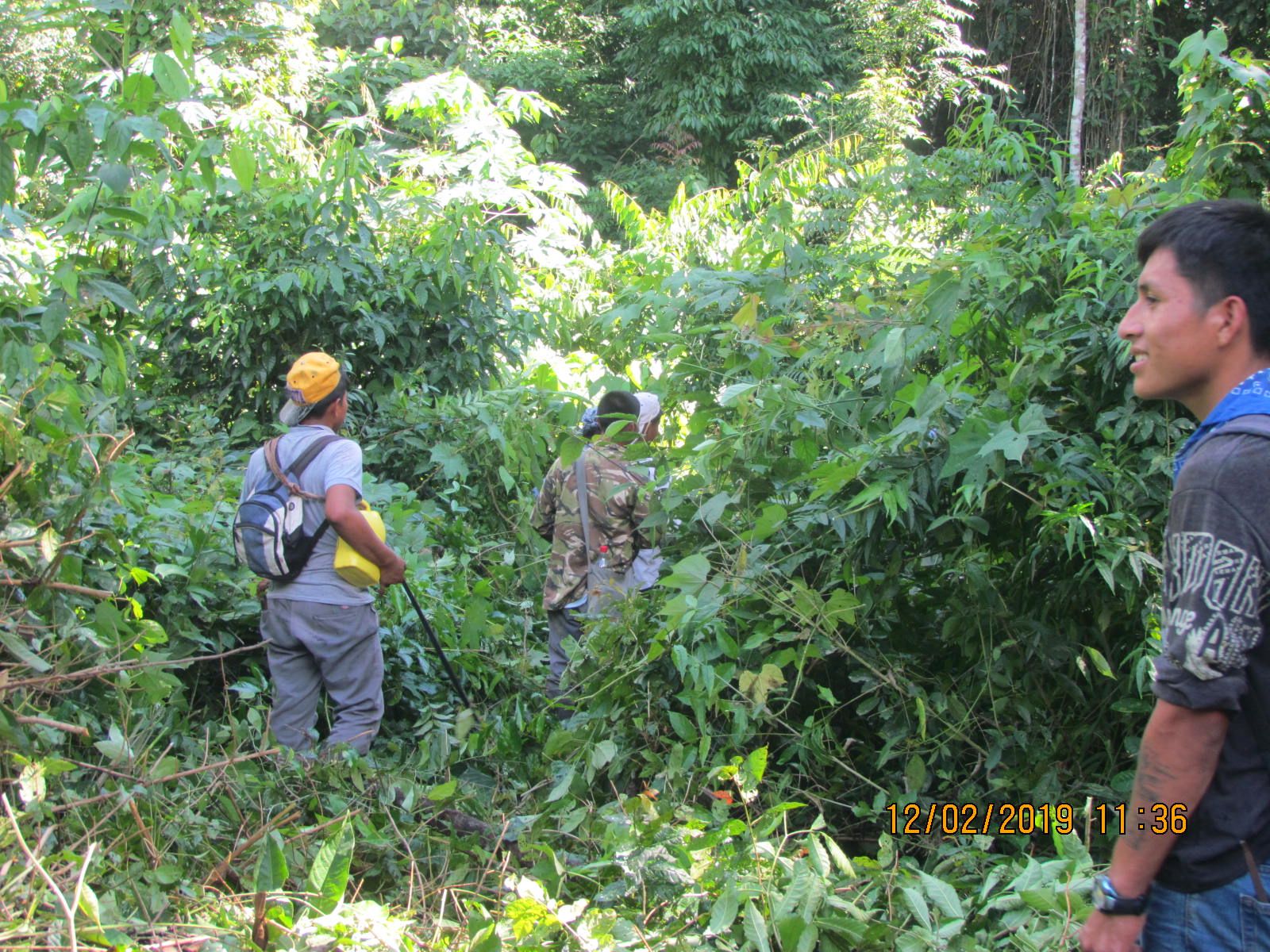
The key result for this activity was a formal demarcation of the ICCA boundaries. Under the project, five trained individuals were selected to do the on-site mapping of boundary lines. The entire 1,012 hectares of the ICCA were demarcated. The group identified individuals from San Jose to assist in boundary demarcation and zoning activities.
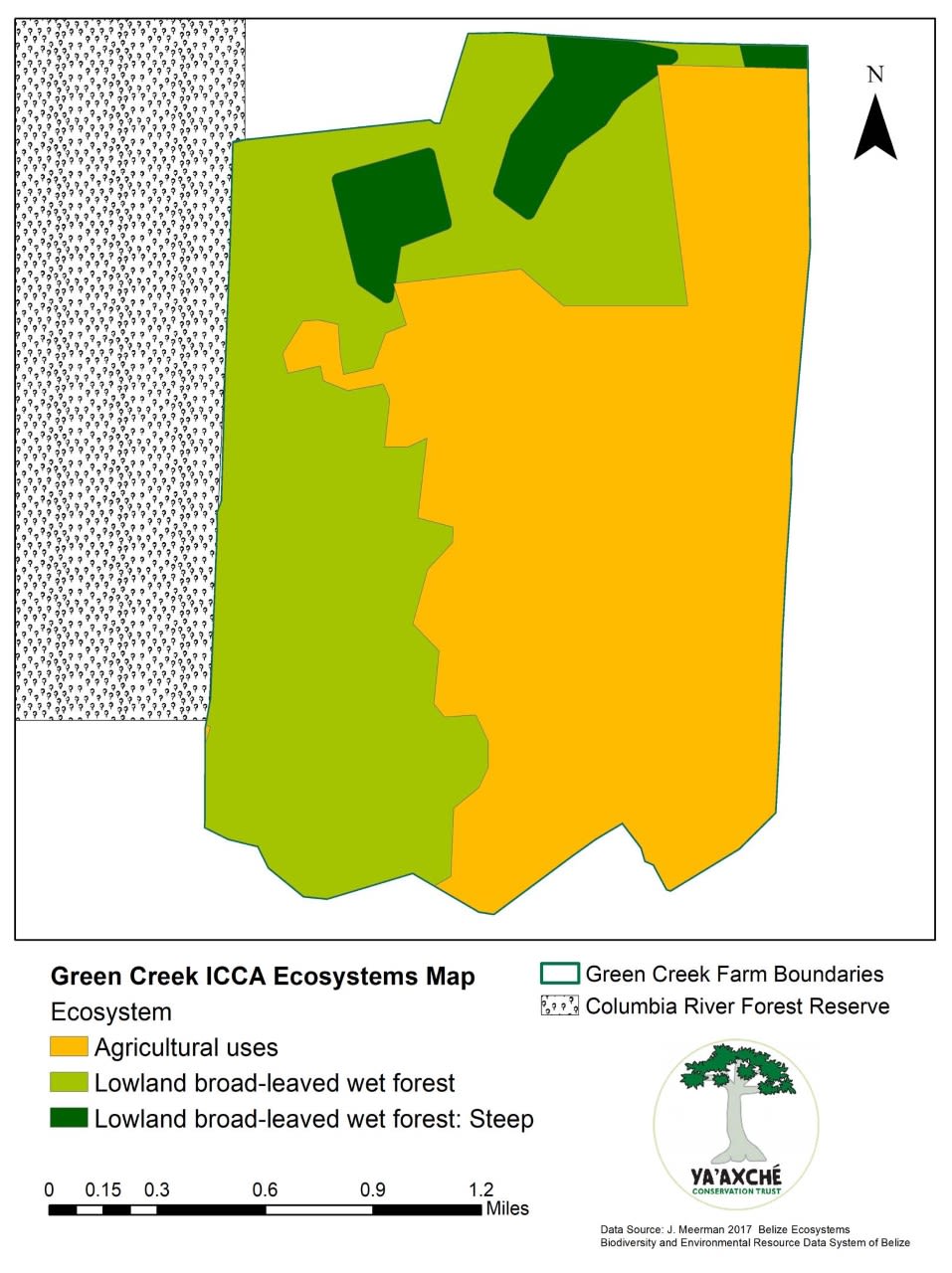
From this mapping, the group consolidated the ICCA and divided it into three main parcels, namely: 1) conservation zone (broadleaf forest: 496 hectares); 2) cacao agroforestry zone (cacao farms: 25 hectares); and 3) subsistence farming multiple-use zone (annual crop area: 358 hectares). The annual crop portion of the ICCA may undergo further subdivision based on demands by the GCFC members. The zoning of the cacao agroforestry, bolstered by agroforestry training, aims to restore cacao plots back to a high level of sustainable production.
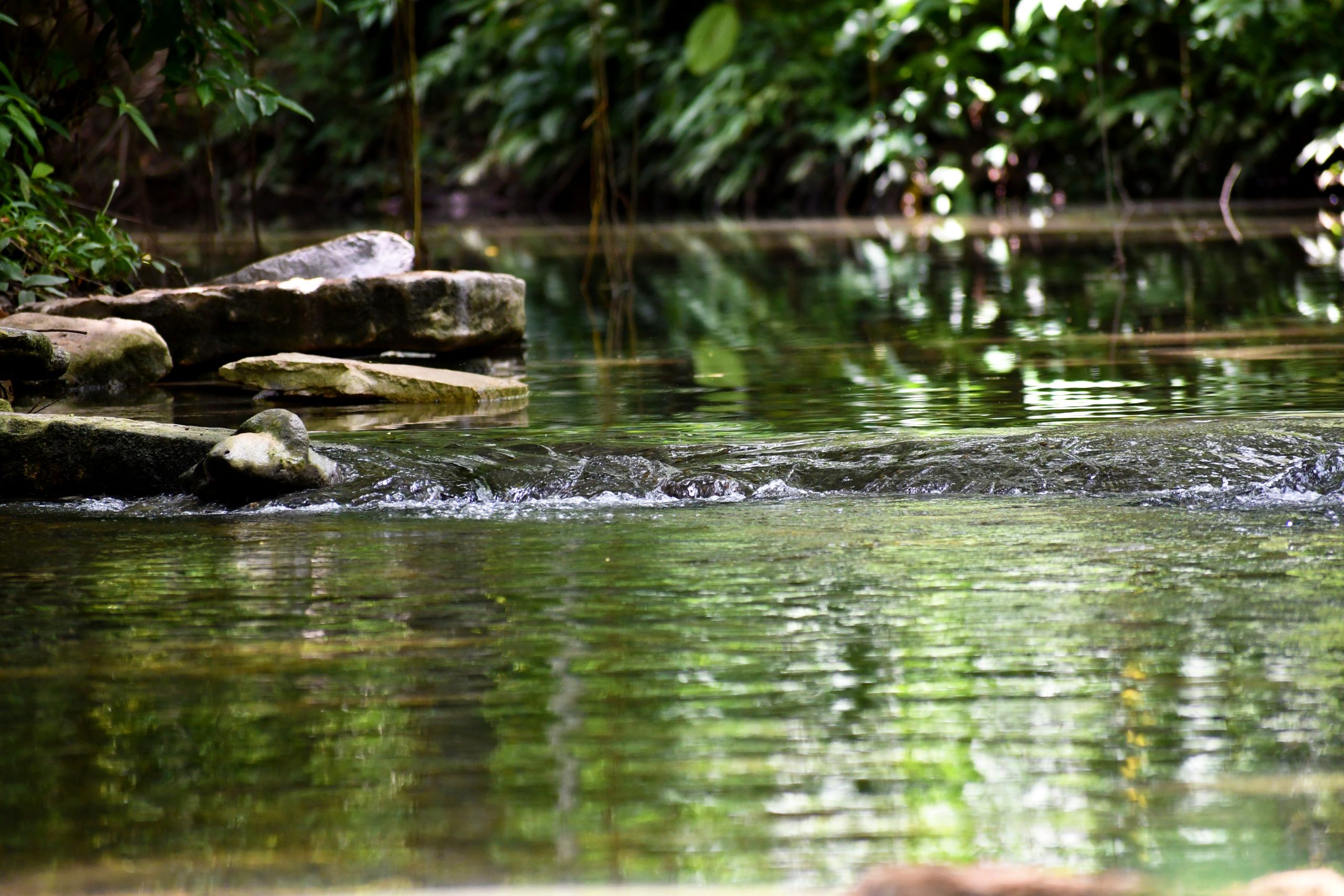
San Jose creek with clean water / Photo credit: Sayuri Tzul/ Ya`axche Conservation Trust
San Jose creek with clean water / Photo credit: Sayuri Tzul/ Ya`axche Conservation Trust
Building bridges
A major challenge for the community in the past was the ability to mobilise – either for the group to travel from the community to the ICCA, from cacao fields to market, or for students to attend school.
At the project start, three kilometres of public community roads leading into the ICCA required upgrade, as they became almost impassable during the rainy season. An additional three kilometres of road exclusive to the ICCA also required upgrading to facilitate the group’s transportation of products harvested from their farmlands within the ICCA.
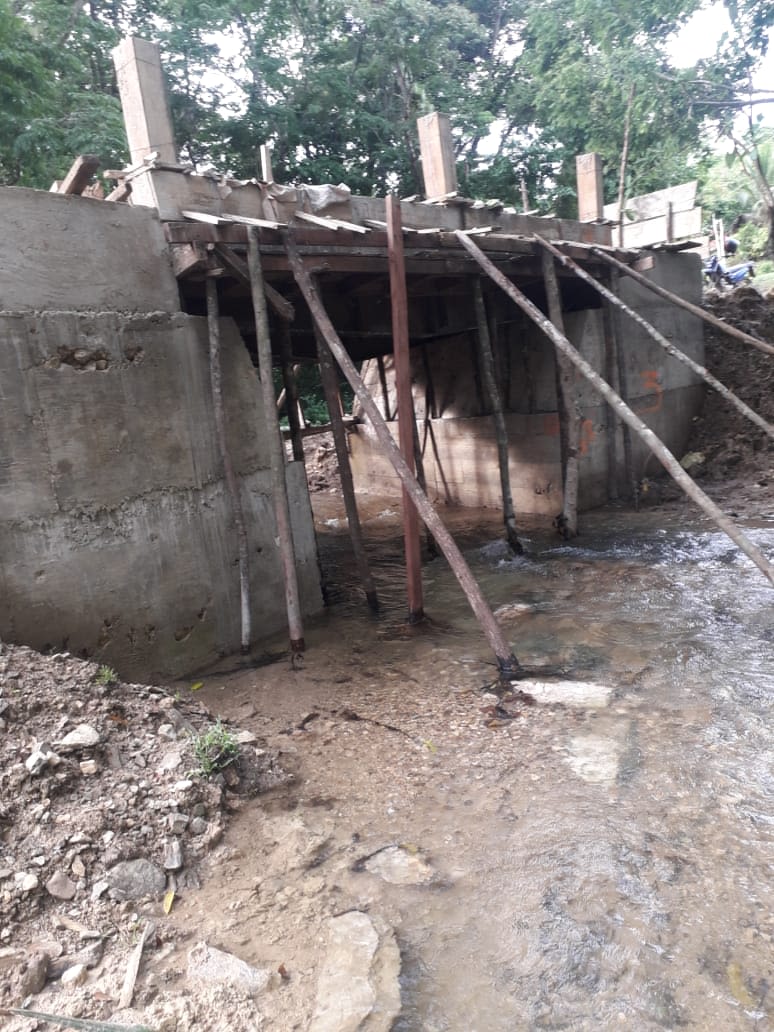
To address this, and as part of the project’s activities, a total of six kilometres of roading was upgraded, including the construction of a bridge in the public access area to benefit an estimated 75% of the community.
GCFC and Ya`axche Conservation Trust worked together to obtain the required clearances for construction of the bridge in accordance with established guidelines and environmental safeguards.
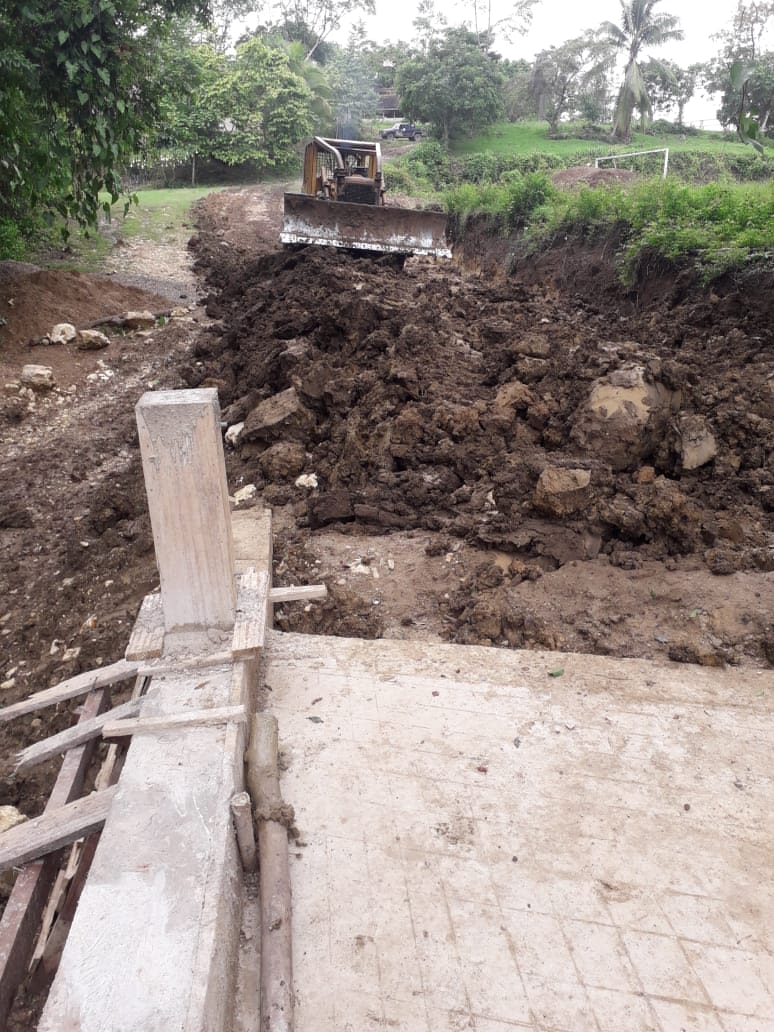
There was 100% community support for the bridge construction, including from local governing bodies. About 60 men from San Jose were involved in the casting of the bridge foundation and decking. Project funds were used to cover labour stipends, construction materials, supplies, and transportation costs for the bridge.
In the past, on many occasions during the rainy season, students were unable to attend classes due to flooding, but the bridge now allows access for students attending high school and primary school. The bridge also allows access for the community water system to conduct maintenance and repairs. The Belize Defence Force and the community can now easily access a communication tower to transmit messages in times of distress. In future, nature based-tourism potential to the ICCA is very high due to improved accessibility to a noted archaeological site and waterfalls.

Sustainable farming techniques
The project also established a nursery to produce timber trees and cacao saplings, starting with 1,500 seedlings. Twenty per cent of the tree saplings were used to raise awareness on the importance of tree-planting to mitigate the effects of climate change through riparian forest restoration and erosion control. In co-ordination with the Green Creek secretary, seedling bags were procured for nursery germination and planting.
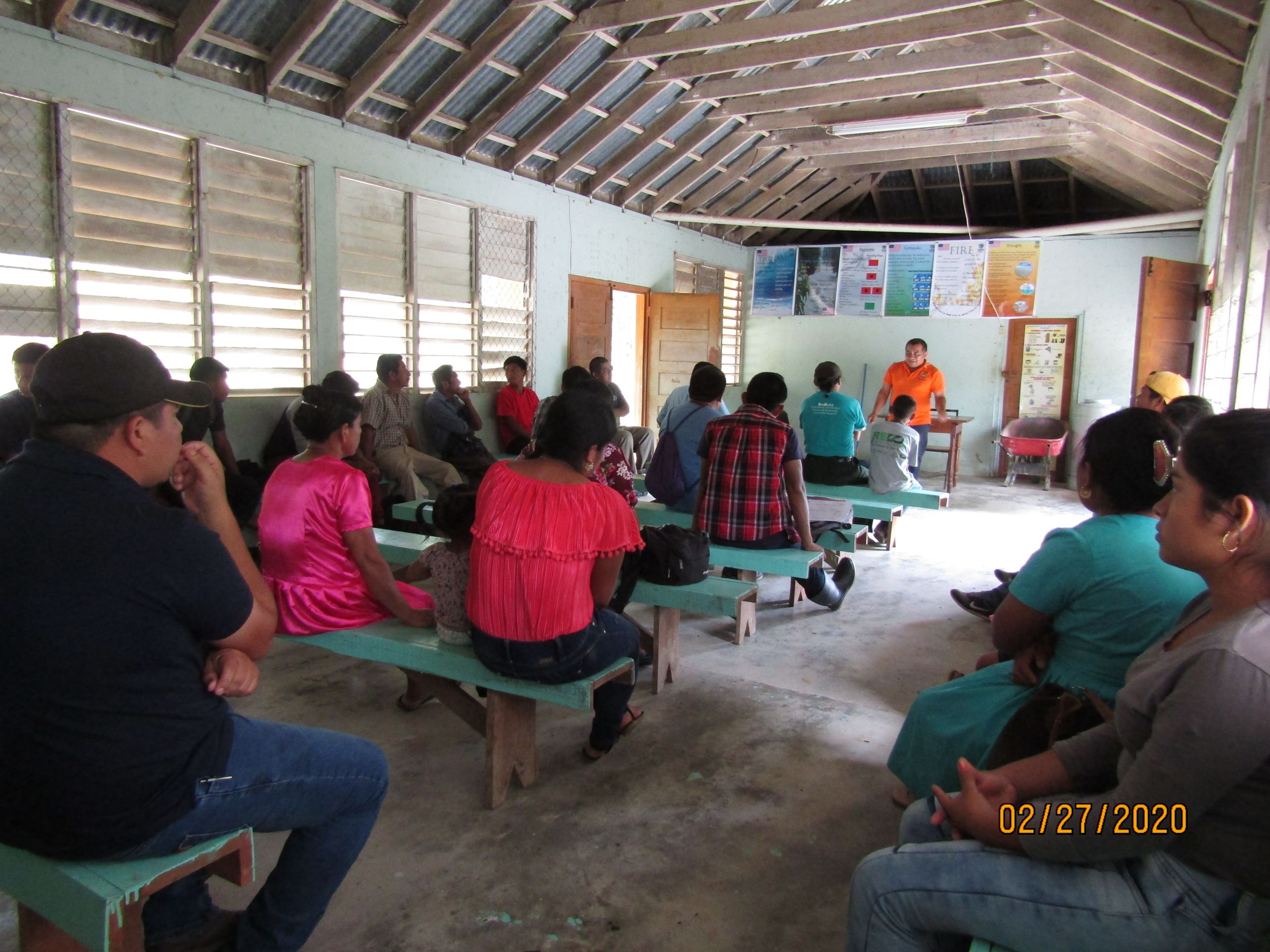
The GCFC have been responsible for managing the nursery, whilst technical capacity skills have been improved through the Ya’axché’s Community Outreach and Livelihoods program in partnership with the Ya’axché’s Institute for Conservation and Education, which manages the nursery at the Golden Stream Field Station.
Building hands-on sustainable farming practices, a seven-day agroecology training workshop was held using the farmer field-school methodology. The training was conducted by Professor Ruben Curiel, an agroecology specialist from the Instituto de Investigaciones Fundamentales en Agricultura Tropical, in Cuba. The focus of the training was how agroforestry systems function and how they can be used to improve community livelihoods and environmental stewardship. Themes covered included cacao farm rehabilitation, production of soil amendments, pest management strategies to improve yields, and value-added options for cacao farmers including ecotourism.
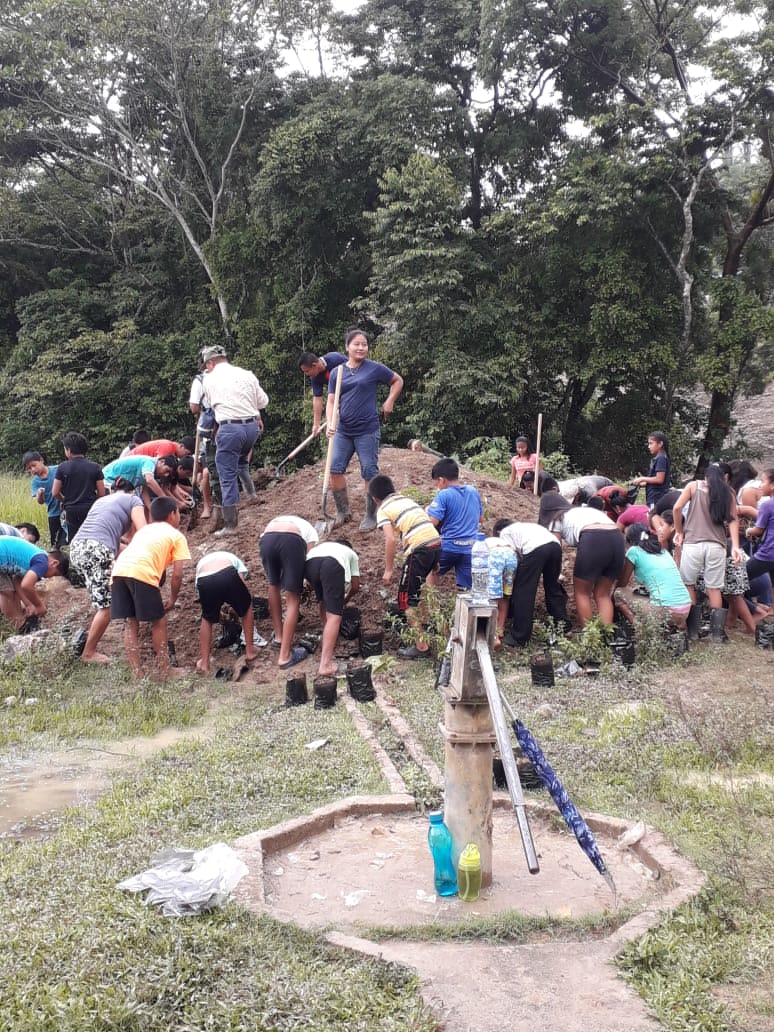
Establishing the nursery / Photo credit: Green Creek Farmers’ Cooperative
Establishing the nursery / Photo credit: Green Creek Farmers’ Cooperative
Now there are 450 hectares utilising sustainable farming practices. 33 families (~200 residents) now have increased knowledge in agroecological practices. Organic vegetable production has increased and farmers are using some of the skills taught in the trainings – e.g. biofertilizers, natural insect repellents and composting.
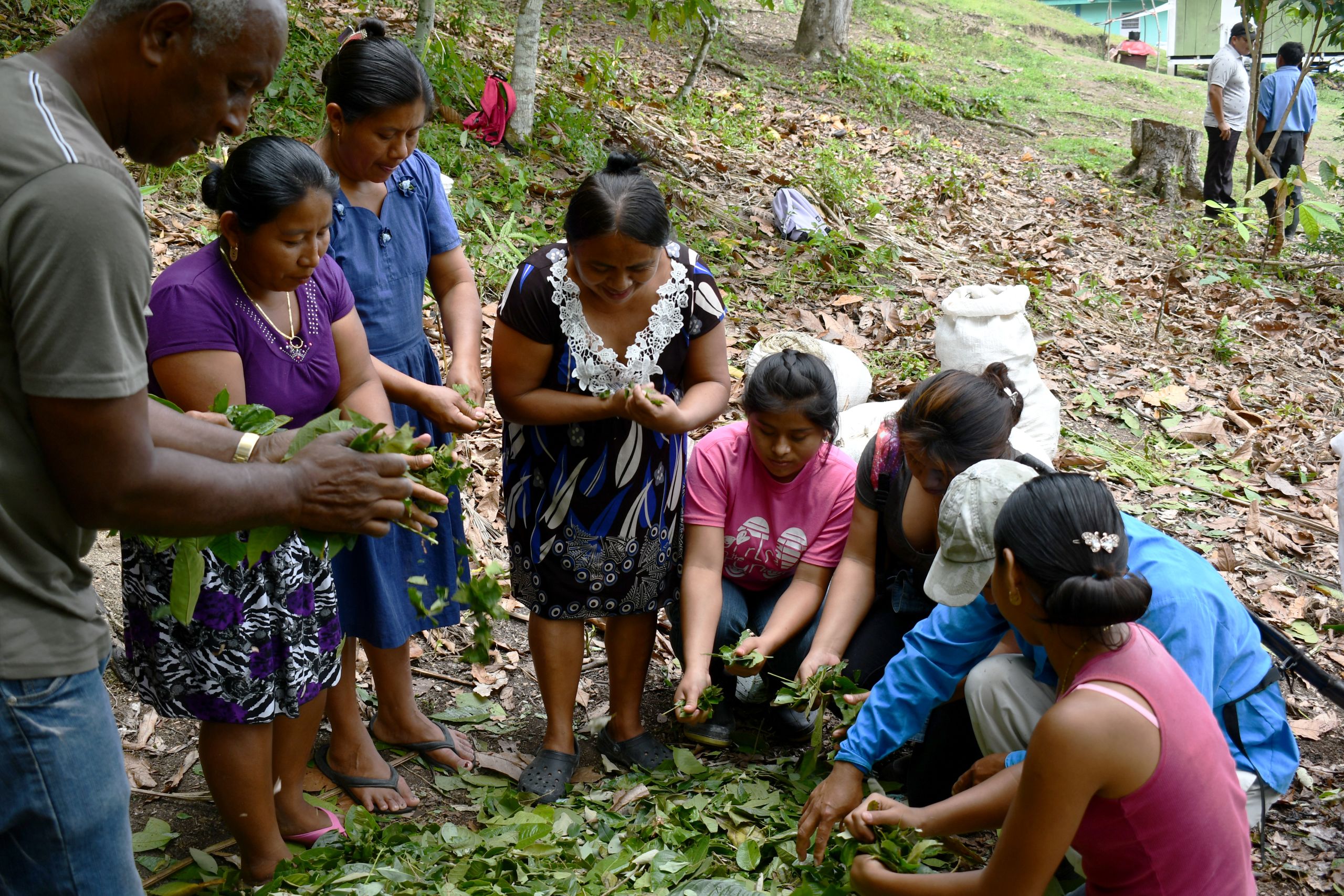
GCFC agroecology training with professor Ruben Curel Sanchez / Photo credit: Gustavo Requena/Ya`axche Conservation Trust
GCFC agroecology training with professor Ruben Curel Sanchez / Photo credit: Gustavo Requena/Ya`axche Conservation Trust
Innovative Partnerships
The creation of a national ICCA network continues to bring together various stakeholders committed to ICCAs, promoting community values, bio-cultural heritage, and solidarity for global benefits.
In Belize, the ICCA zoning scheme has helped to empower the indigenous peoples through mapping and clearly demarcating their land, and proactively designating how it will be used in service of community-based forest conservation and future sustainable development.
Through the ICCA GSI, connections are also being established with other similar ICCAs across South America, as well as at the global level.
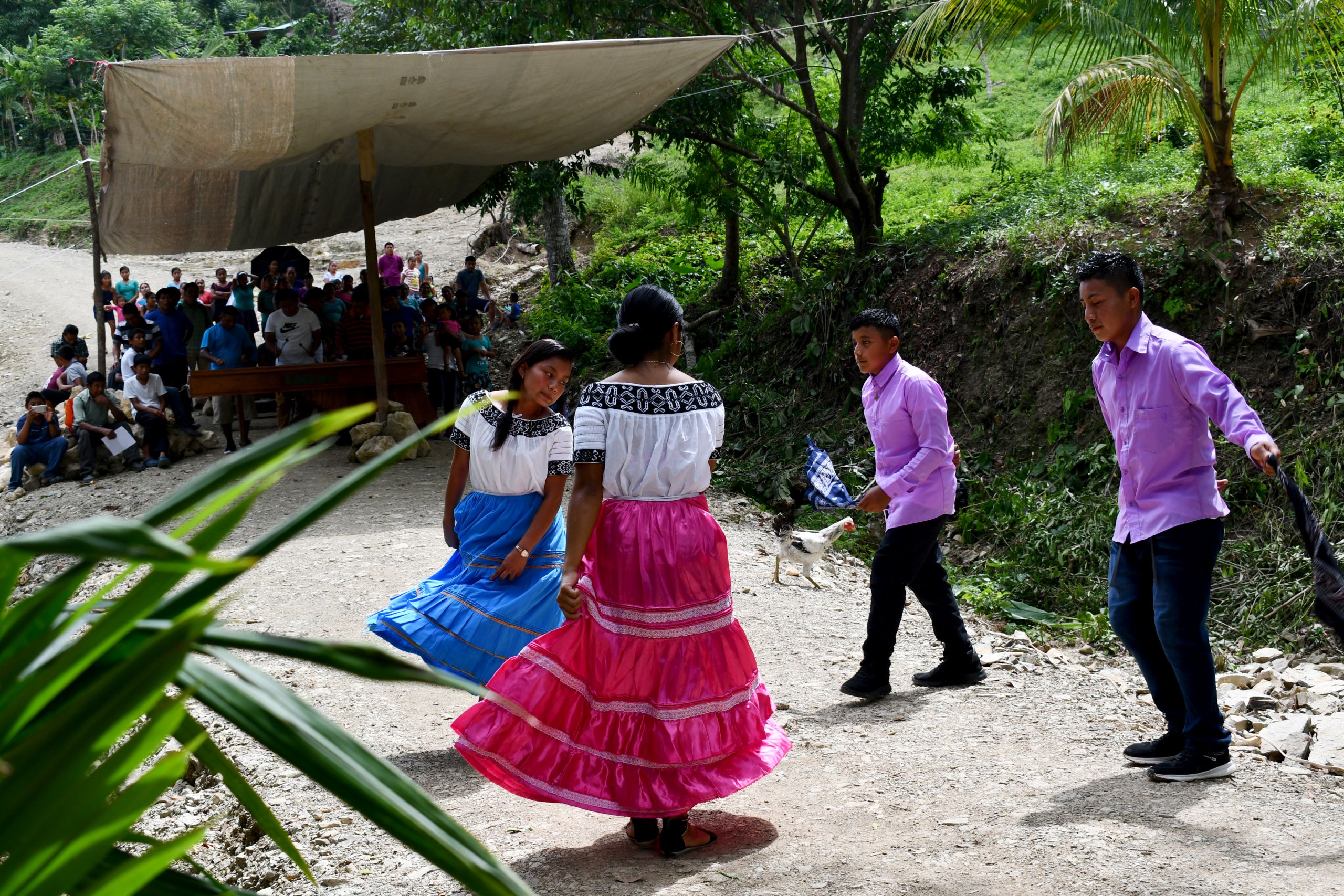
Cultural dance by San Jose youth group as part of the bridge inauguration celebration / Photo credit: Sayuri Tzul/ Ya`axche Conservation Trust
Cultural dance by San Jose youth group as part of the bridge inauguration celebration / Photo credit: Sayuri Tzul/ Ya`axche Conservation Trust
In the Toledo District of Belize, zoning of the ICCA highlights how important the area is for natural replenishment of wildlife within the ICCA and its broader importance as a wildlife corridor to the adjacent Columbia Forest Reserve. Furthermore, zoning allows for a bird`s eye view of the area – leading to enhanced stewardship of the landscape preserving fresh water springs and key sacred sites.
Small Grants = Big Impacts
The SGP is dedicated to providing financial and technical support to community-based projects that conserve the global environment while enhancing people's well-being and livelihoods. Since 1993 when SGP started in Belize, SGP has supported more than 263 projects across the country. SGP support in Belize highlights how community action can maintain the fine balance between human needs and environmental imperatives.
Click here for more information about the ICCA-GSI - The GEF Small Grants Programme
For more details on the ICCA-GSI work in Belize, the country profile is available here.
For more details on this specific project, refer to the project profile here.
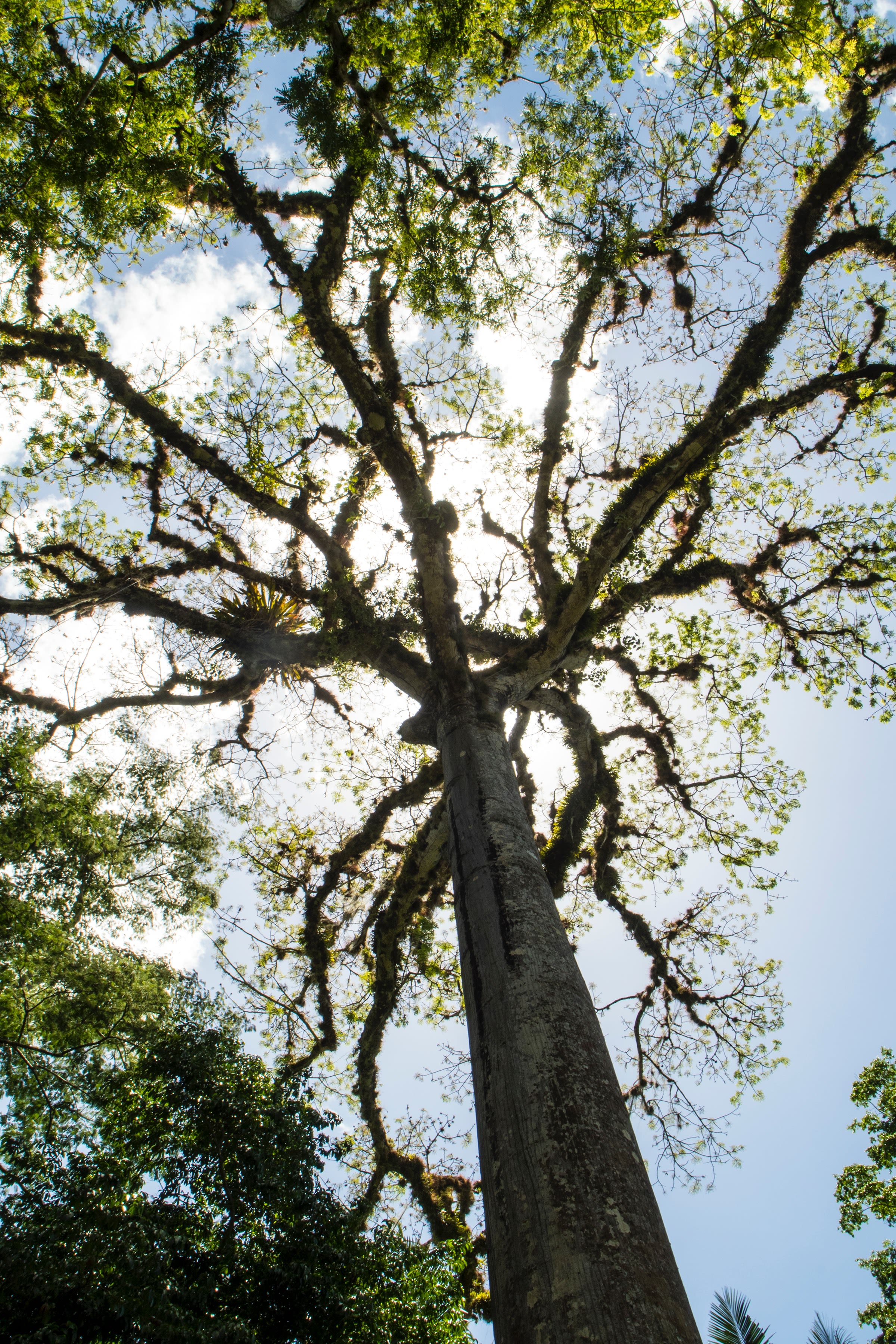
Mountain Pine Ridge Forest Reserve, Belize / Photo credit: Robin Canfield/Unsplash
Mountain Pine Ridge Forest Reserve, Belize / Photo credit: Robin Canfield/Unsplash

Text by Ana Maria Currea, Andrea Egan, Leonel Requena, Christina Garcia and Marvin Vasquez / Photos courtesy of SGP Belize / Additional photos courtesy of Green Creek Farmers’ Cooperative, Sayuri Tzul and Gustavo Requena/Ya`axche Conservation Trust and Robin Canfield/Unsplash.com.
Location: San Jose Village, Toledo District, Belize
